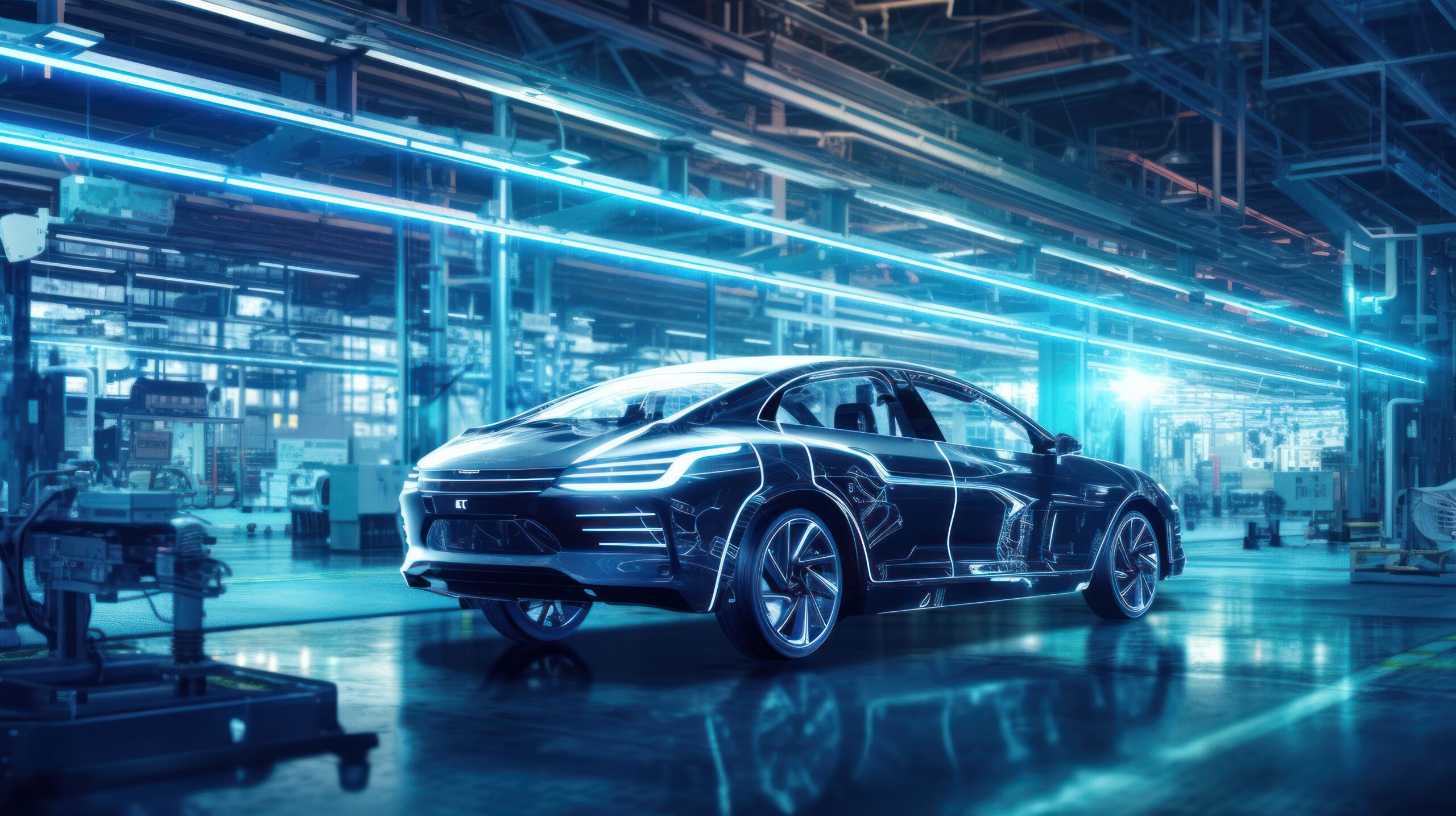What is the Automotive Fund and how Does it Work
The Automotive Fund, regulated by the Prime Ministerial Decree of August 4, 2022, presents itself as a key element to support the transformation of the Italian automotive sector. This financial instrument is structured along two main lines:
The Structure of the Fund and Available Resources
Conceived by the Energy Bill Decree (DL 17/2022), the Fund provides a total of 8.7 billion euros until 2030. For the 2023-2024 biennium alone, 750 million euros have been allocated, divided into two instruments:
- Development contracts: absorb 70% of the resources
- Innovation agreements: allocated the remaining 30%
The procedures for fund allocation were defined by the directorial decrees of October 10, 2022. The eligible programs must fall within five strategic intervention areas:
- Development of vehicles and technologies with low environmental impact.
- Innovative materials and components to reduce vehicle weight.
- Advanced systems for managing the main vehicle functions.
- Technological solutions for driving assistance (ADAS), connectivity, and human-machine interaction.
- Refueling and recharging infrastructure.
Innovation Agreements: the Automotive Push towards Sustainability
The innovation agreements aim to finance industrial research and experimental development projects with high technological impact. Beneficiaries can be companies and research centers engaged in the development of:
- New low-emission vehicles
- Advanced materials for lighter and more sustainable vehicles
- Technologies for connectivity and digital interaction between driver and vehicle
Each project must have a minimum value of 5 million euros and can benefit from:
- Direct contributions up to 50% of eligible costs for research
- An additional subsidized loan, within the limit of 20% of total costs
The first calls allowed for the reallocation of resources to projects already underway and opened new opportunities with an allocation of 200 million euros. The regions have progressively closed their respective counters, with different deadlines throughout 2023.
Development Contracts: Large-Scale Industrial Investments
The development contracts are aimed at companies intending to carry out large-scale industrial investment projects, with a focus on research and innovation. Each program must involve investments exceeding 20 million euros, with the possibility of accessing various forms of support, including:
- Subsidized loans
- Non-repayable grants for direct or infrastructural expenses
The call opened in October 2022 committed over 201 million euros, leaving 323 million still available for new projects, which can be submitted until the resources are exhausted.
Incentives for Training: Human Capital at the Center of the Automotive Sector
The industrial transition is not just about technologies and production processes. Workers’ skills are also at the center of support policies. Thanks to the
An Opportunity for the Italian Supply Chain
The Automotive Fund is configured as a concrete response to strengthen the Italian industrial ecosystem, aligning it with the sustainability and innovation objectives required at a global level. With a strategy that combines investments in infrastructure, research, and skills, the sector is preparing to lead the change towards cleaner and more efficient mobility.

Stop to Diesel and Petrol by 2035: a Divided Europe on the Future of Automotive
(image source: Freepik)